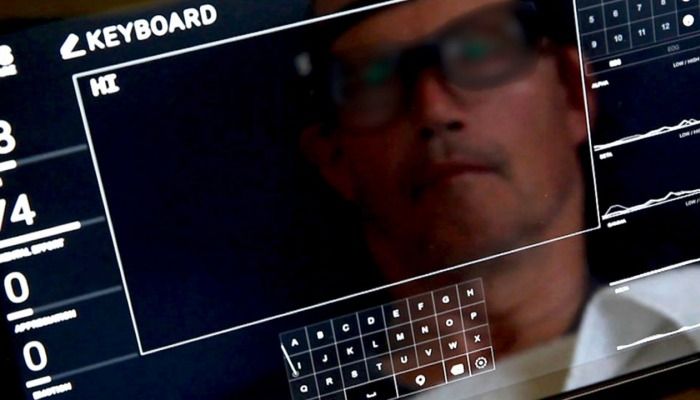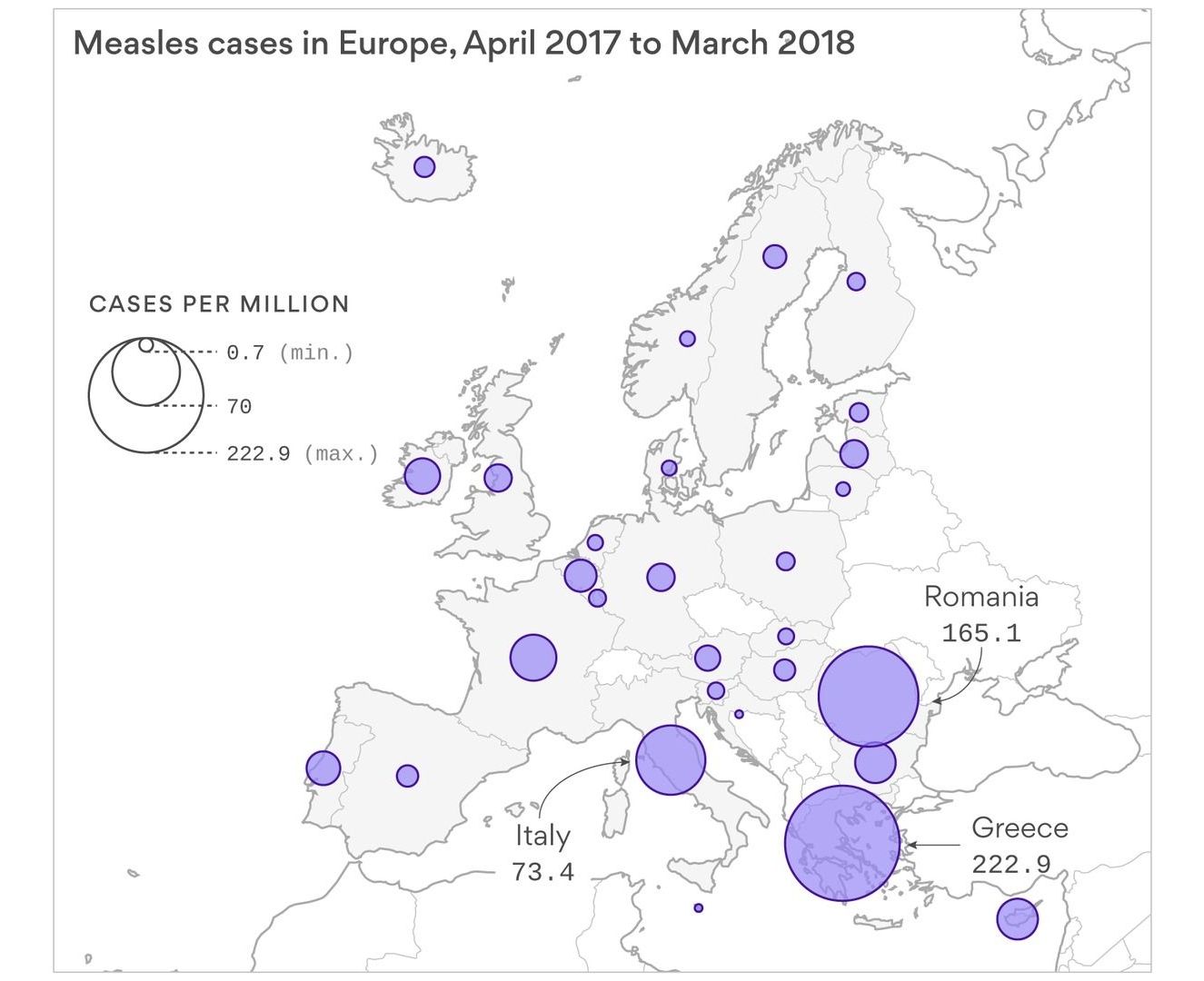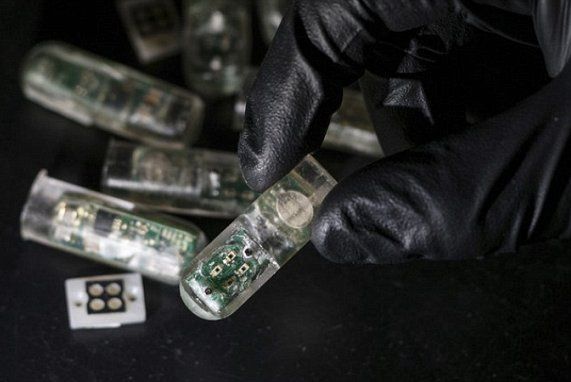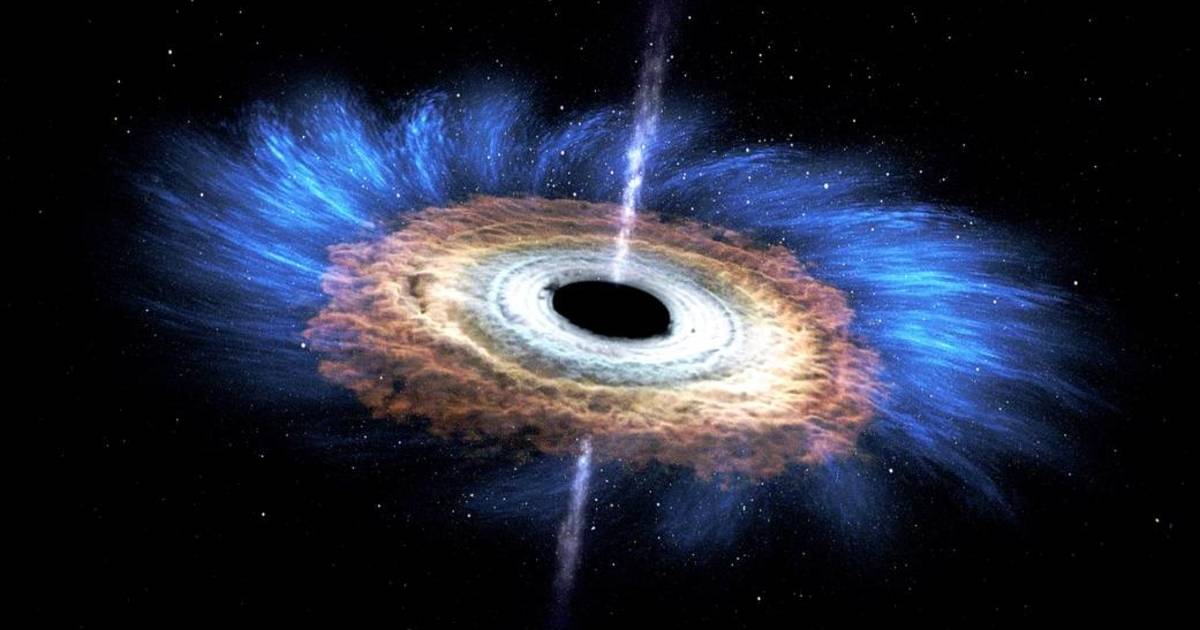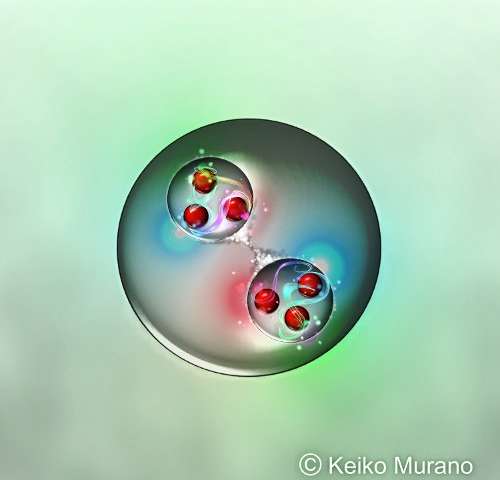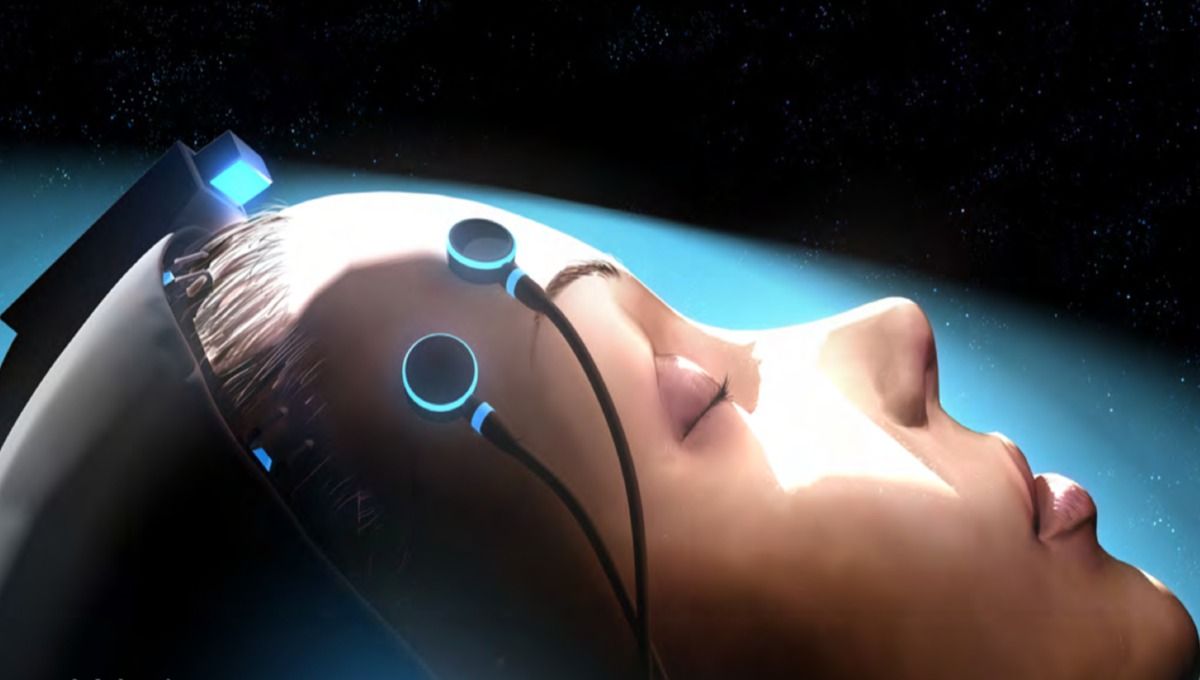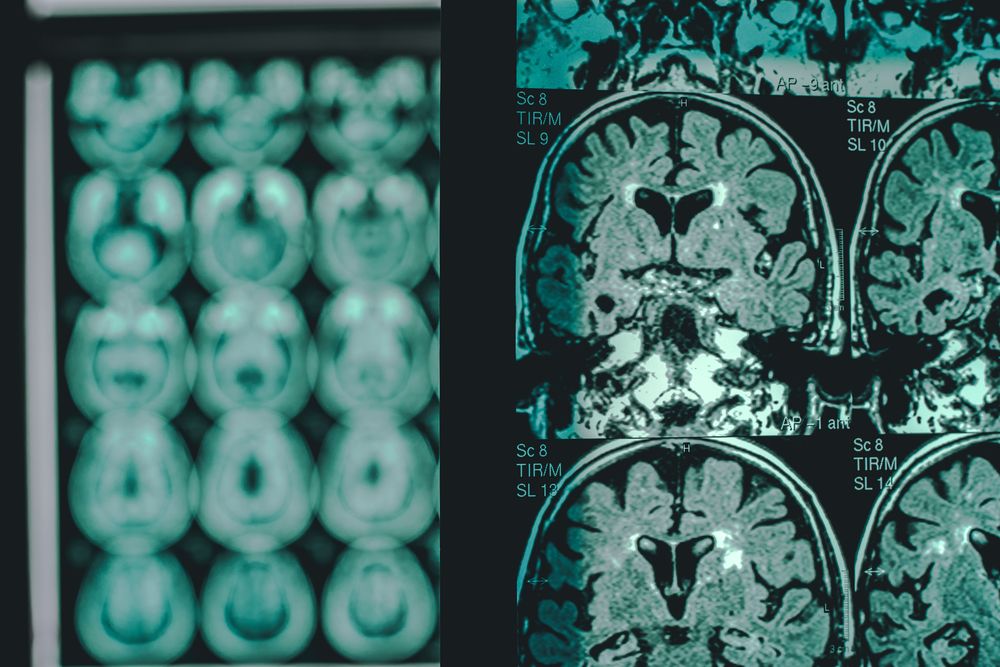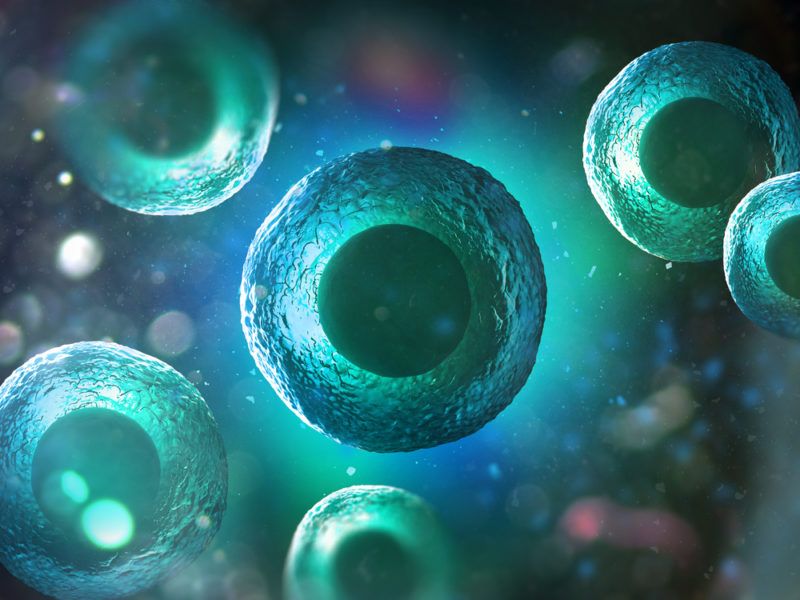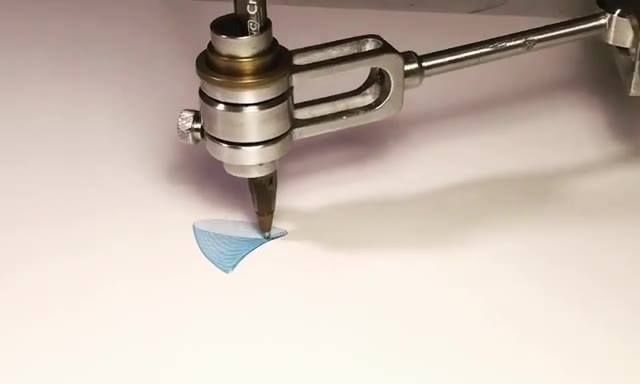Page 8838
May 24, 2018
Measles makes alarming return to Europe and the Americas
Posted by Genevieve Klien in categories: biotech/medical, economics, health, neuroscience
Why it matters: Measles is a killer disease. It’s estimated that more than 2 million children a year died from measles in the 1980s, but due to global vaccine programs (including Gavi, the Vaccine Alliance launched in 2000), that number has been brought under 70,000 cases. The return of measles to Europe and the Americas could suggest that some of our vaccine successes could be reversing or unraveling. In the case of Venezuela, measles outbreaks are mostly due to the effect of broad economic problems on its health care system, but for Europe and the U.S. measles outbreaks show the effects of powerful and well-organized anti-vaccine movements.
What’s next: Vaccines do not cause autism, but more advocacy is needed to counteract the false claims of anti-vaccine groups. In April 2018, the European Commission proposed activities to strengthen the EU’s capacity to vaccinate its population and address what some call “vaccine hesitancy.” In the U.S., however, there are still 18 states that allow non-medical vaccine exemptions linked to personal or philosophical beliefs.
Peter Hotez is a professor and dean of the National School of Tropical Medicine at Baylor College of Medicine, where he is also director of the Texas Children’s Hospital Center for Vaccine Development, and the author of “Vaccines Did Not Cause Rachel’s Autism.”
Continue reading “Measles makes alarming return to Europe and the Americas” »
May 24, 2018
Swallowable ‘bacteria on a chip’ could help diagnose colon cancer, bowel disorders and gut ulcers
Posted by Genevieve Klien in categories: biotech/medical, computing, genetics, health
Unlike other ingestible chips, this new version by MIT contains millions of genetically engineered living cells to act as sensors, designed to light up when they detect bleeding.
It’s the latest advance in a growing field of sensors that can be swallowed or worn to monitor our health.
Pills equipped with cameras, thermometers and acidity gauges already look for disease and track digestion.
May 24, 2018
Does a black hole ever die?
Posted by Genevieve Klien in categories: cosmology, futurism
Astronomer Misty Bentz would like you to know that black holes don’t suck. “They’re not cosmic vacuum cleaners going around and sucking everything in,” she says. “They just use gravity the same way everything else does.”
Instead of a cosmic drinking straw, a black hole is a place in the universe that is so massive and dense that anything caught in its significant gravitational pull is unable to escape.
Black holes have been in the news a lot lately, from the swarm found near the supermassive black hole at the center of our galaxy, to the fastest-growing black hole ever observed, which ingests the equivalent of the mass of our Sun every two days, to the most distant black hole ever detected, dating to the dawn of the universe. From their inception to their potential demise far in the future, black holes are a fascinating part of our universe. Here’s their story as we understand it now, from start to finish.
May 24, 2018
Self-Driving Cars Have a Big Problem: Americans Don’t Trust Them
Posted by Bill Kemp in categories: Elon Musk, robotics/AI
Self-driving cars have plenty of benefits — but the American public still doesn’t trust them. A report from the American Automobile Association released Tuesday shows that 73 percent of drivers would be too afraid to ride in a self-driving car, a marked jump from the 63 percent reported late last year, with millennial distrust jumping from 49 percent to 64 percent over the same period.
The results of the survey come despite autonomous-vehicle makers reporting strong signs of progress. Waymo, which started life as Google’s self-driving car project, announced in March that it’s accumulated over 5 billion miles in virtual driving and 5 million miles in real-world driving, after opening its autonomous minivan service to the public last year. Tesla CEO Elon Musk, who said in February he’s “pretty excited about how much progress we’re making on the neural net front,” has predicted autonomous driving for existing vehicles could surface in a matter of months. Companies like Aurora are predicting their systems could hit the markets in 2021.
Article continues below.
Continue reading “Self-Driving Cars Have a Big Problem: Americans Don’t Trust Them” »
May 24, 2018
Using the K computer, scientists predict exotic “di-Omega” particle
Posted by Genevieve Klien in categories: computing, cosmology, mathematics, particle physics, quantum physics
Based on complex simulations of quantum chromodynamics performed using the K computer, one of the most powerful computers in the world, the HAL QCD Collaboration, made up of scientists from the RIKEN Nishina Center for Accelerator-based Science and the RIKEN Interdisciplinary Theoretical and Mathematical Sciences (iTHEMS) program, together with colleagues from a number of universities, have predicted a new type of “dibaryon”—a particle that contains six quarks instead of the usual three. Studying how these elements form could help scientists understand the interactions among elementary particles in extreme environments such as the interiors of neutron stars or the early universe moments after the Big Bang.
Particles known as “baryons”—principally protons and neutrons—are composed of three quarks bound tightly together, with their charge depending on the “color” of the quarks that make them up. A dibaryon is essentially a system with two baryons. There is one known dibaryon in nature—deuteron, a deuterium (or heavy-hydrogen) nucleus that contains a proton and a neutron that are very lightly bound. Scientists have long wondered whether there could be other types of dibaryons. Despite searches, no other dibaryon has been found.
The group, in work published in Physical Review Letters, has now used powerful theoretical and computational tools to predict the existence of a “most strange” dibaryon, made up of two “Omega baryons” that contain three strange quarks each. They named it “di-Omega”. The group also suggested a way to look for these strange particles through experiments with heavy ion collisions planned in Europe and Japan.
May 24, 2018
NASA is bringing cryosleep chambers out of fiction and into science
Posted by Klaus Baldauf in categories: biotech/medical, space travel
You probably thought it was infinitely cool when Ripley and the crew of the Nostromo first emerged from their cryosleep chambers in Alien, but now that slice of sci-fi could become a reality in our lifetime.
NASA and SpaceWorks Enterprises are currently developing a stasis chamber (as opposed to individual pods like those in the movie) that could induce an extended state of torpor, or metabolic inactivity medically brought on by lowering body temperature to the point of mild hypothermia, that could allow astronauts to snooze for at least two weeks on end during longer missions. Also unlike Alien, in which everyone is temporarily in freeze-frame until the ship arrives at its destination, the crew would rotate cryosleep shifts so there is always someone conscious in case something goes awry where no one can here you scream.
SpaceWorks’ objective is to “place crew and passengers in a prolonged hypothermic state during space-mission transit phases (outbound and Earth-return) to significantly reduce the system mass, power, habitable volume, and medical challenges associated with long-duration space exploration,” as explained on their website.
Continue reading “NASA is bringing cryosleep chambers out of fiction and into science” »
May 24, 2018
Vascular risk appears to accelerate cognitive decline in old age
Posted by Nicola Bagalà in categories: biotech/medical, life extension, neuroscience
Vascular risk and accumulation of beta-amyloids seem to accelerate the rate of cognitive decline in elderly adults.
Vascular risk appears to be a strong predictor of dementia, especially in older individuals with high levels of brain beta-amyloids, and the interaction between these two risk factors might lead to a higher rate of cognitive decline, according to a recent study at the Massachusetts General Hospital.
Alzheimer’s disease (AD) is an age-related neurological disorder whose most feared outcome is dementia, along with other symptoms, such as behavioral issues, loss of motivation, and even the inability to take care of oneself. Patients suffering from AD exhibit an accumulation of plaques in their brains; these plaques, resulting from the build-up of amyloid-beta protein, have long been thought to be the cause of the disease, though other hypotheses have been put forward as well.
Continue reading “Vascular risk appears to accelerate cognitive decline in old age” »
May 24, 2018
NAD+ Regulates the Creation of Fat Cells
Posted by Steve Hill in categories: biotech/medical, life extension
After NAD+ is consumed, it is broken down into nicotinamides and ADP-ribose; the researchers concluded that this means that NAD+ must be resynthesized following this in order for normal cellular functions to continue. This converges with previous studies, which suggest that NAD+ decline leads to changes in metabolism and an increased risk factor for some diseases; this typically happens as the result of aging, as NAD+ levels begin to fall.
With this in mind, the research team thought that cellular metabolism and gene regulation were potentially connected to NAD+ synthesis. They discovered evidence suggesting that compartmentalized NAD+ synthesis and the subsequent consumption are integrated with glucose metabolism and adipogenic transcription as part of the adipocyte differentiation process.
NAD+ synthesis acts as a mediator of PARP-1-regulated transcription during the differentiation of adipocytes, linking cellular metabolism and the adipogenic transcription process. During adipogenesis, nuclear NAD+ levels fall, causing the induction of NMNAT-2, the cytoplasmic NAD+ synthase. This increased level of NMNAT-2 then reduces the availability of NMN and leads to a reduction of nuclear NAD+ synthesis via NMNAT-1. The drop in NAD+ levels then results in decreased PARP-1 activity, which then reduces levels of inhibitory ADP-ribosylation of the adipogenic transcription factor C/EBPβ. Reduced ADP-ribosylation of C/EBPβ means that it is able to bind its target genes, thus promoting the differentiation of preadipocytes into adipocytes. In other words, a decline of NAD+ encourages an increase of preadipocytes turning into adipocyte fat cells.
